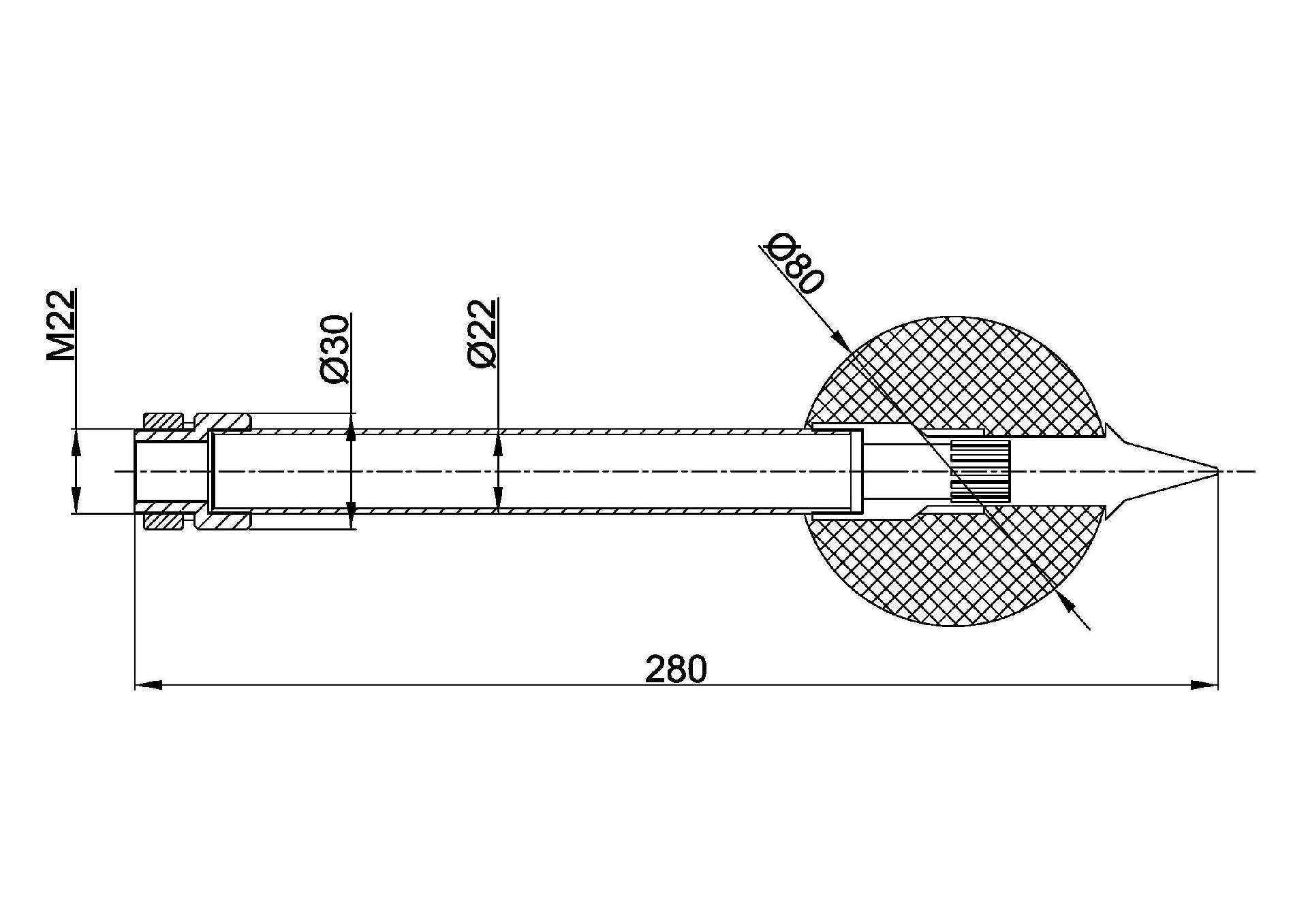

— Blogs —
—Products—
 Consumer hotline +8618073152920
Consumer hotline +8618073152920 WhatsApp:+8615367865107
Address:Room 102, District D, Houhu Industrial Park, Yuelu District, Changsha City, Hunan Province, China
Product knowledge
Time:2024-10-01 17:46:22 Popularity:512
The instrument used to measure noise is called a sound level meter, often referred to as a noise meter, decibel meter, or sound level meter. A sound level meter is an electronic device designed to capture and analyze the intensity of sound, which mimics the characteristics of the human ear's response to sound, and includes both frequency-weighting and time-weighting functions to ensure that the measurements match the human ear's perception.
- Microphone: responsible for converting sound into an electrical signal, usually using a high-precision condenser microphone.
- Pre-amplifier: enhances the weak electrical signal.
- Signal processor: Processes frequency and time weighting according to international standards such as IEC 61672. Common frequency weightings are A, C and Z, while time weightings are fast (F), slow (S) and impulse (I) modes.
- Display: Displays the measurement results, usually in decibels (dB).
There are various common types of noise testers, which are mainly differentiated according to their functions, accuracy, usage scenarios and measurement needs, mainly including:
1. digital sound level meter: providing 2-level accuracy, with A, C, Z frequency weighting and F, S, I, Peak time weighting, suitable for industrial noise and environmental noise measurement.
2. Octave Sound Level Meter: Providing 2-level accuracy, capable of 1/1 or 1/3 octave analysis, suitable for detailed spectrum analysis of environmental noise, machine and equipment noise.
3. Multi-function Sound Level Meters: Typically Class 1 accuracy, providing advanced functions such as statistics, integration, spectrum analysis (1/1OCT, 1/3OCT, FFT), suitable for a wide range of measurement needs, including environmental, building acoustics and scientific research.
4. Noise Spectrum Analyzer: Class 1 accuracy, specially designed for displaying and analyzing sound pressure levels at different frequency points, suitable for measurements in complex environments such as airport noise, capable of calculating specific noise metrics.
5. Portable Pocket Noise Measuring Instrument: lightweight design, optional filter for spectrum analysis, suitable for fast traffic noise and industrial noise monitoring.
6. Noise monitor: class 2 accuracy, simple and easy to use, with large value holding function, suitable for daily monitoring of traffic and machinery noise.
7. Precision Integral Sound Level Meter: Class 1 accuracy, for precise measurement of time-averaged sound levels and sound exposure, suitable for high standard environmental and occupational health assessments.
8. Integral Sound Level Meter: Offers Class 2 accuracy, focuses on time-averaged sound level measurements and is suitable for basic environmental noise monitoring.
Each type of noise tester has its own specific application scenarios and advantages, allowing users to choose the right instrument for specific measurement purposes and accuracy requirements. These instruments play an important role in many fields such as environmental protection, industrial safety, urban planning, scientific research and teaching.

1. Measurement purpose:
- Environmental noise monitoring: choose sound level meter or noise monitoring system with long time data recording function.
- Occupational health monitoring: choose a noise dosimeter to monitor personal noise exposure levels.
- Noise source analysis: Choose a sound level meter or spectrum analyzer with spectrum analysis function.
2. Measurement range:
- Determine the desired measurement range (e.g., from as low as 30 dB to as high as 140 dB) and select an instrument that can cover that range.
3. accuracy and precision:
- Select an instrument that complies with international or national standards (e.g., IEC 61672-1) to ensure the accuracy and reliability of the measurement.
4. Frequency range:
- Select the instrument according to the frequency range of the sound to be measured; some sound level meters may be more suitable for low or high frequency sound measurements.
5. Functional requirements:
- Whether you need integration function, spectrum analysis, data storage, remote transmission and other functions.
6. Environmental conditions:
- Consider the environmental conditions under which the instrument will be used (e.g., indoor, outdoor, humidity, temperature, dust, etc.) and select an instrument that is suitable for those conditions.
7. Portability:
- Select a handheld or fixed-mounted unit based on whether or not the instrument will need to be moved.
8. Ease of operation:
- Select instruments that are easy to operate and calibrate, especially for non-specialists.
9. Budget:
- Determine a budget range and select the most cost-effective instrument within that range.
10. maintenance and support:
- Consider the cost of maintaining the instrument and the technical support provided by the manufacturer.
- Define your needs: Determine your specific measurement needs, including measurement environment, purpose, frequency range, etc.
- Market research: Learn about the different brands and models on the market, read product specifications and user reviews.
- Consult an expert: If possible, consult a professional or the manufacturer's technical advisor.
- Comparative testing: When conditions permit, conduct field tests to compare several candidate instruments.
- Confirm Compliance: Ensure that the selected instrument meets relevant national and industry standards.
- Budget evaluation: Consider the cost of purchase, maintenance and possible upgrades.
By following these steps, you can select the noise monitoring instrument that best suits your needs.
Related recommendations
Sensors & Weather Stations Catalog
Agriculture Sensors and Weather Stations Catalog-NiuBoL.pdf
Weather Stations Catalog-NiuBoL.pdf
Related products
 Combined air temperature and relative humidity sensor
Combined air temperature and relative humidity sensor Soil Moisture Temperature sensor for irrigation
Soil Moisture Temperature sensor for irrigation Soil pH sensor RS485 soil Testing instrument soil ph meter for agriculture
Soil pH sensor RS485 soil Testing instrument soil ph meter for agriculture Wind Speed sensor Output Modbus/RS485/Analog/0-5V/4-20mA
Wind Speed sensor Output Modbus/RS485/Analog/0-5V/4-20mA Tipping bucket rain gauge for weather monitoring auto rainfall sensor RS485/Outdoor/stainless steel
Tipping bucket rain gauge for weather monitoring auto rainfall sensor RS485/Outdoor/stainless steel Pyranometer Solar Radiation Sensor 4-20mA/RS485
Pyranometer Solar Radiation Sensor 4-20mA/RS485
Screenshot, WhatsApp to identify the QR code
WhatsApp number:+8615367865107
(Click on WhatsApp to copy and add friends)